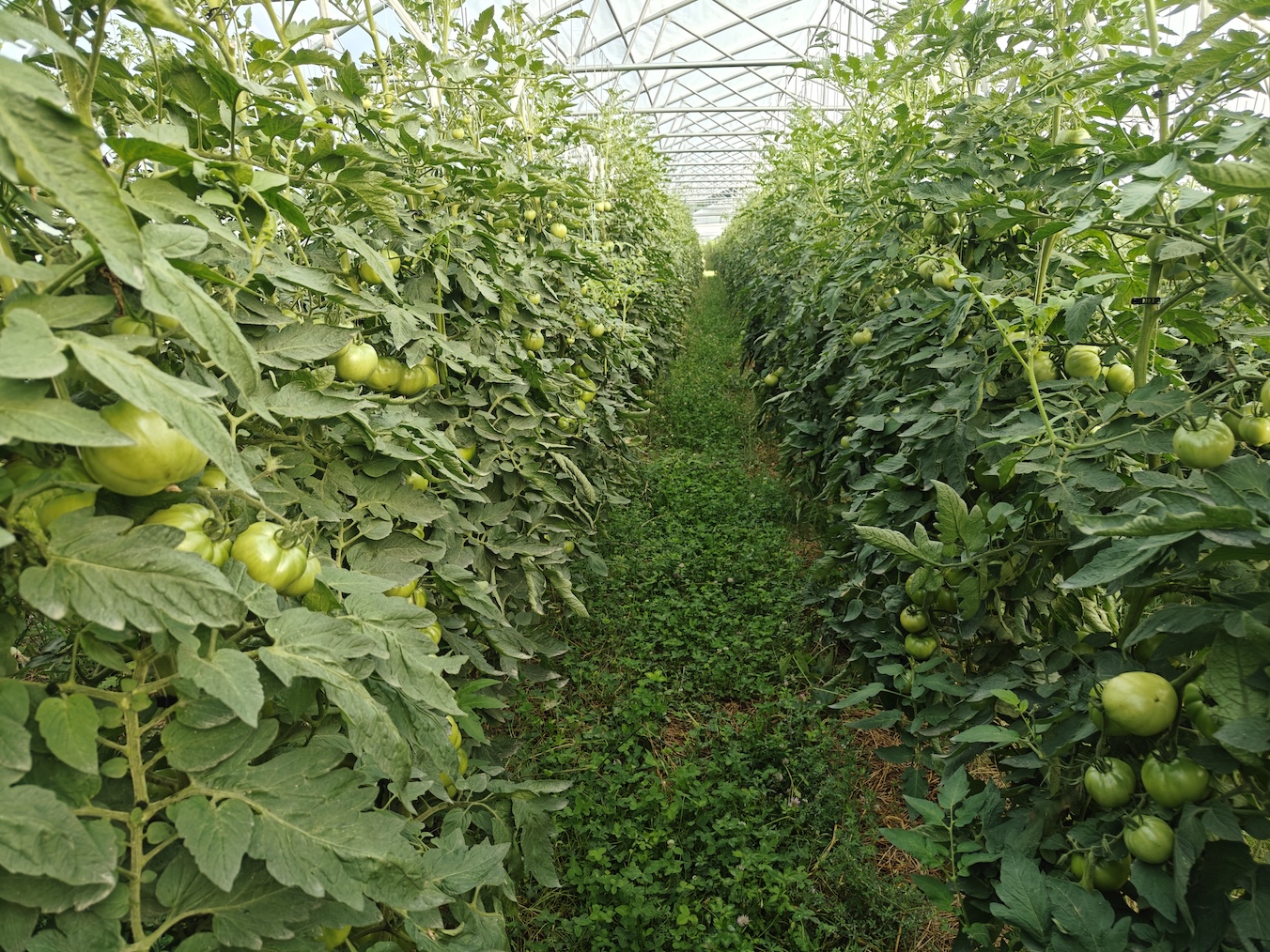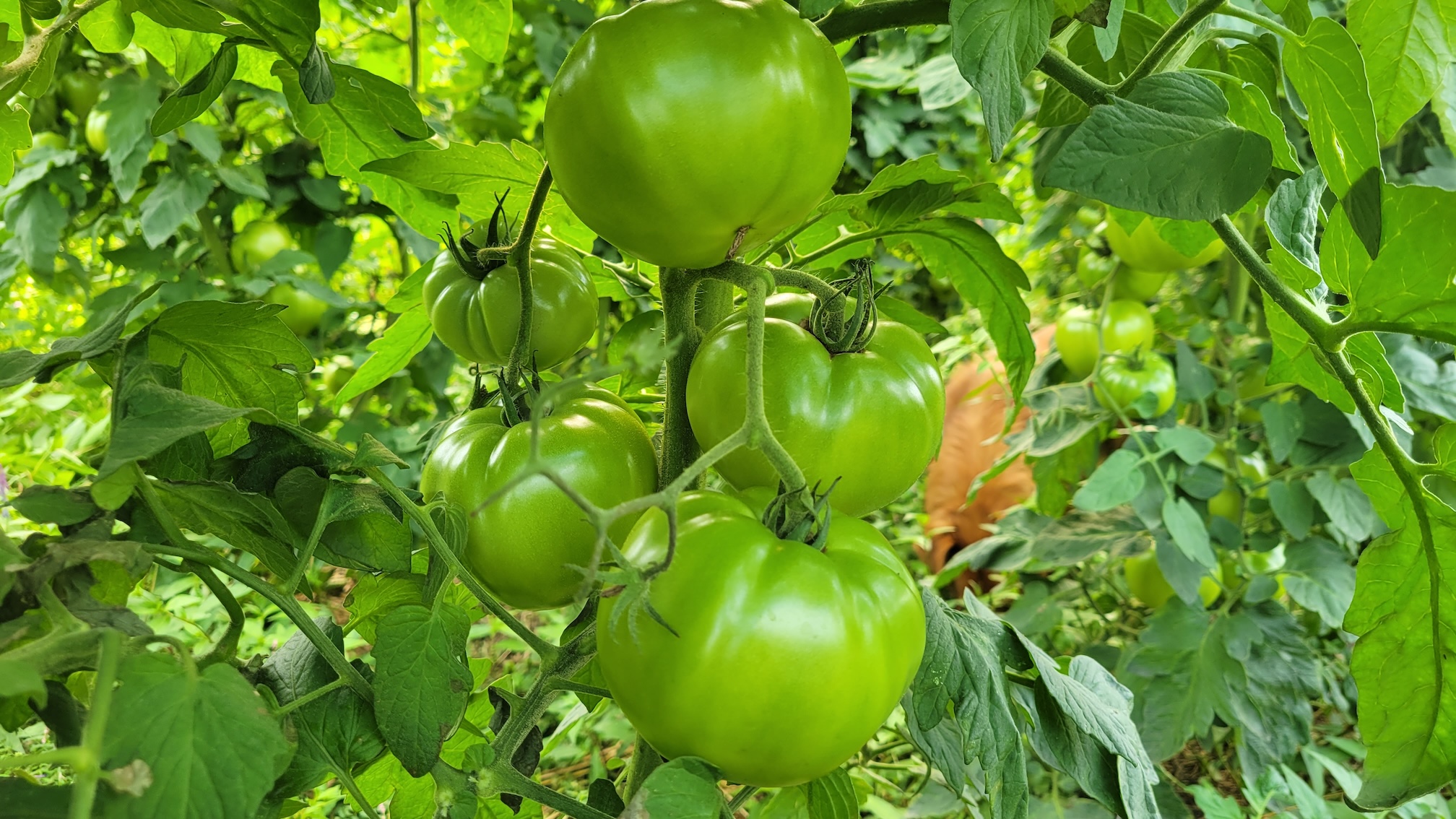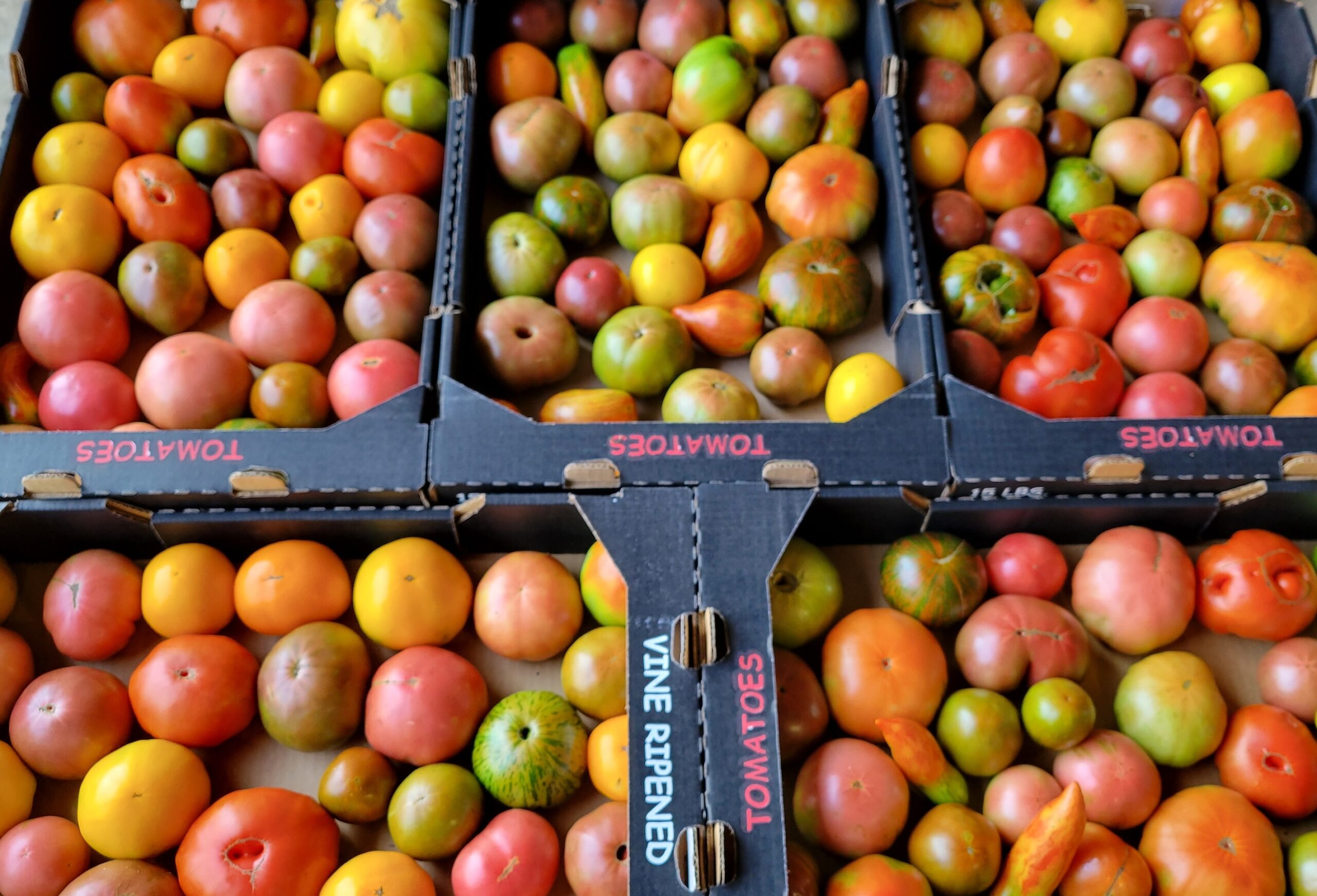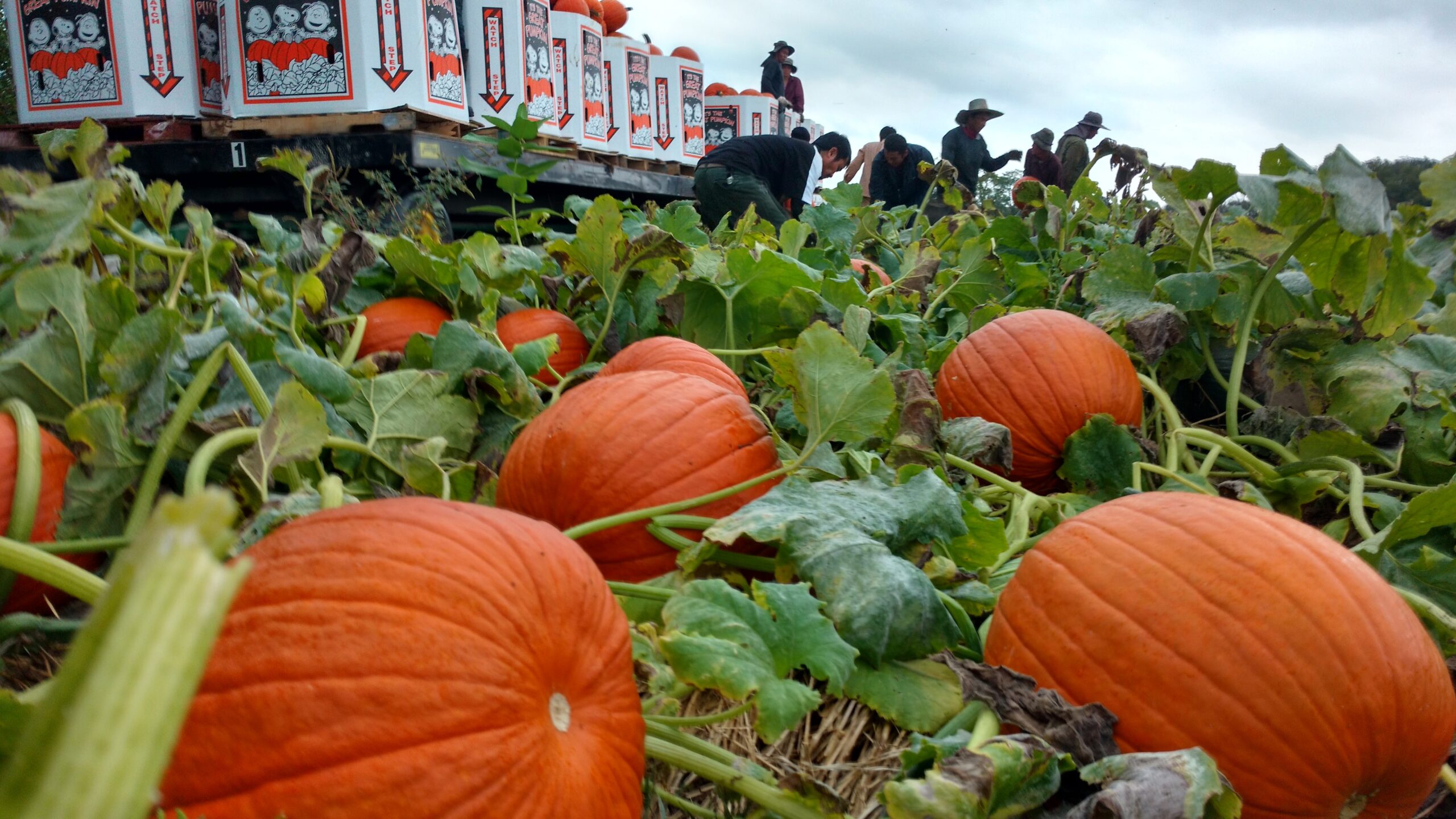
Cedar Meadow Farm


Cedar Meadow Farm in Holtwood, Pennsylvania, has been at the forefront of regenerative practices such as no-till farming and the utilization of diverse cover crops for many years. Their entire farm is skillfully managed following nature’s principles of living roots in the soil, which not only prevents soil erosion but also promotes efficient water retention. A diverse array of both cash crops and cover crops are raised, including tomatoes, corn, pumpkins, squash, oats, vetch, and hemp, enabled by a thoughtful rotation strategy with cover crops between the rows throughout the growing season. This practice enhances soil fertility, but also acts as a natural weed suppressant, contributing to their cash crop’s overall health and vigor. Cedar Meadow Farm’s dedication to regenerative farming practices and its diverse crop selection ensures the production of high-quality, nutrient-dense and regenerative produce.
Product Types
Operation Highlights


Region Conditions:
Pennsylvania
Pennsylvania has a humid continental climate, with four distinct seasons. Summers are warm and humid, while winters are cold with moderate to heavy snowfall, particularly in the northern and western regions. Agriculture in Pennsylvania is diverse, with dairy farming, corn, soybeans, wheat, and poultry being significant sectors. The state’s rolling hills, fertile valleys, and abundant water resources support a wide range of agricultural activities.



The Principals of Soil Health at Cedar Meadow Farm
Nurturing the soil is the foundation of regenerative agriculture. At Regenified, we measure the implementation of all six soil health principles because they are essential for regeneration. Each principle contributes to the soil’s overall health, creating a system greater than the sum of its parts.


Right Context
100% of crops grown are appropriate for region

Right Context
Farmers prioritize growing plants and animals suited to their specific environment. By understanding their unique context, they can optimize production while minimizing external inputs.


Minimized Disturbance
Four decades of no-till and minimizing inputs to nurture soil biology and build resilience

Minimized Disturbance
Rather than tilling or using chemicals that disrupt soil structure and microbial life, regenerative farmers embrace no-till practices and minimize chemical inputs to preserve the integrity of the soil.


Soil Armor
Cover crop strategy ensures decaying biomass protects the ground from exposure

Soil Armor
Keeping the soil covered with organic matter such as cover crops or crop residues prevents erosion, improves water infiltration and retention while also providing habitat for beneficial organisms.


Enhanced Diversity
Diverse cover crop mixes and crop rotations are benefitting biodiversity

Enhanced Diversity
Maximizing diversity within both plant species and beneficial organisms above and below ground enhances ecosystem resilience and promotes natural pest control.


Living Root
Promptly seed cover crops after cash crops to keep living roots in the soil

Living Root
Maintaining living roots in the soil at all times ensures continuous nutrient cycling by supporting microbial activity crucial for healthy soils.


Animal Integration
Sheep have been integrated for grazing and natural fertilization

Animal Integration
Integrating livestock into farming systems allows for the symbiotic relationship between animals and the land. Their grazing patterns contribute to nutrient cycling and improve soil fertility.
A Word From the Farm



Ecosystem Outcomes
Ecosystem processes are the interconnected systems that drive the health and resilience of our land and water resources. Good land management positively impacts those ecosystem processes. Our Verification Standard evaluates these vital processes, ensuring the regeneration of the ecosystem.
Cedar Meadow Farm - Gallery
See how we’re changing the world, acre by acre.
Our Certification
















